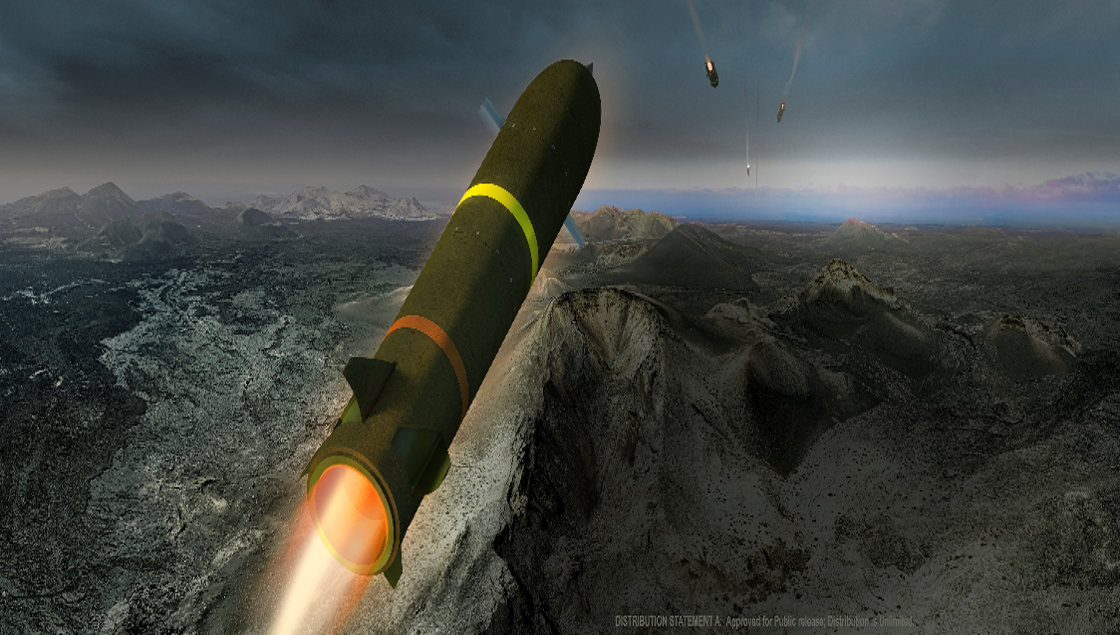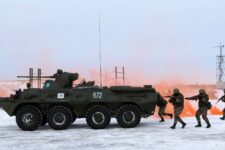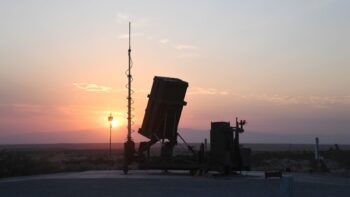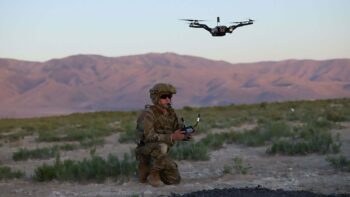
A rendering of Boeing’s Ramjet 155 projectile. (Boeing)
This report has been updated to correct a statistic originally provided by Boeing.
WASHINGTON: A Boeing-led team will demonstrate a new high-speed air-breathing projectile for the Army as soon as next summer, a company official said last week.
The Ramjet 155 — which Boeing is co-developing with BAE Systems and Norwegian munitions company Nammo — is progressing through development and will be ready for its first launch from an L39 cannon next year, said Dan Palmeter, Boeing’s capture team lead for the project.
Boeing expects that the Ramjet 155 will travel some 250 meters per second “based on projected time of flight to a target,” a spokesperson said, and to distances in excess of 70 kilometers, about double the 40 km range of the XM1113 Rocket Assisted Projectile when fired from a M109 Paladin howitzer.
“It kind of changes the battlefield calculus and the target sets which artillery can engage,” Palmeter said. “So that means the artillery can be placed back farther, more out of the enemy’s vision and reach.”
While rockets carry an oxidizer onboard to burn fuel, a ramjet is “air-breathing,” meaning it digests the air surrounding it as it flies. Because it doesn’t have to haul the extra weight of an oxidizer, it is able to fly for longer ranges — and also comes with unique flight characteristics that make it more survivable.
“The current projectiles the Army have, once they hit their high point, they just coast along ballistic arcs, and they actually slow down as they’re approaching the target,” Palmeter said. “A ramjet is the exact opposite. The farther it flies, the faster it flies, because it’s scooping up more oxygen, and that also helps you to avoid detection.”
Boeing was awarded a contract to mature the Ramjet 155 as part of the Army’s Extended Range Artillery Munitions Suite program, receiving a phase 1 award in July 2019 and a phase 2 award in May 2020. The projectile will be able to be shot from both L39 and L58 cannons.
Palmeter said he expects the Army to make another downselect on the program sometime next year —potentially before Boeing is able to demonstrate the Ramjet 155 for the first time at Nammo’s test center in Norway.
“The testing that we’re doing now is going to continue to prepare us for not only that demonstration, but to hopefully be selected for further development,” he said.






















